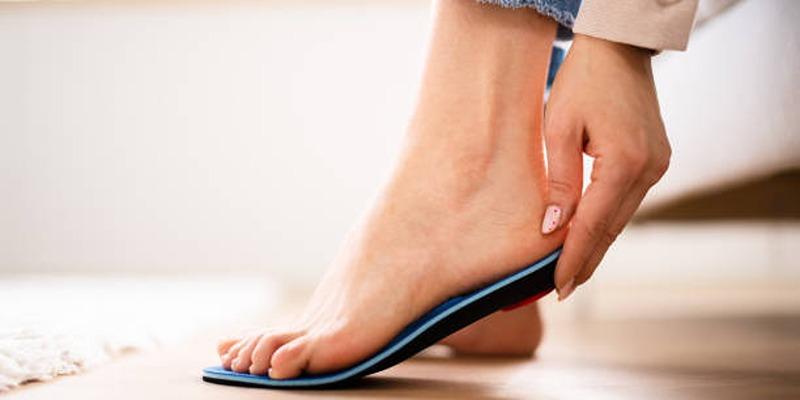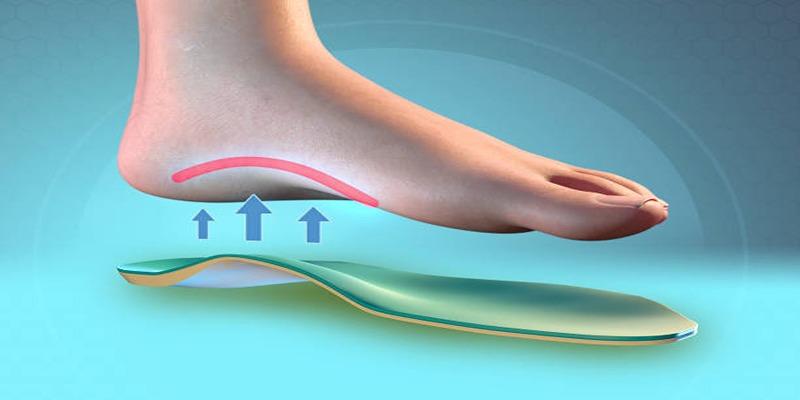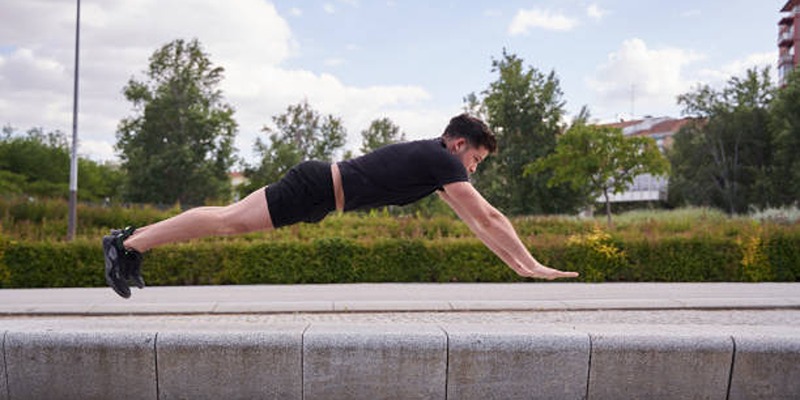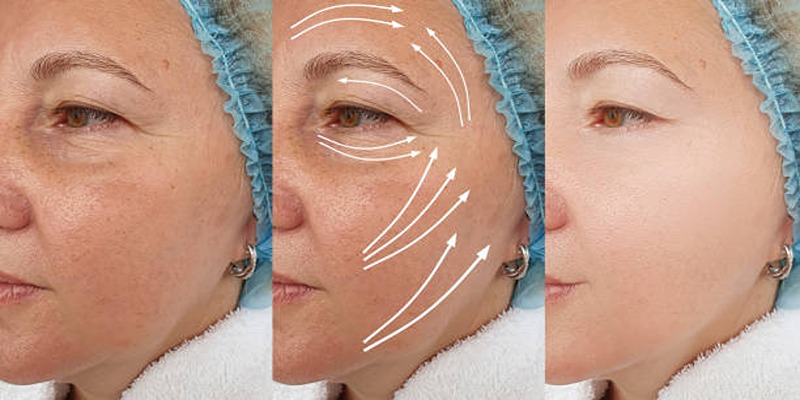What Kind of Orthotics Do I Need? A Comprehensive Overview
Advertisement
Orthotics are specially designed devices used to support and align the legs, improve posture, and alleviate discomfort caused by various conditions. Whether you're dealing with flat feet, plantar fasciitis, or general leg pain, the right orthotics can make a significant difference in your daily activities and overall quality of life. Selecting the most suitable orthotics depends on your individual needs, lifestyle, and the specific issue you’re addressing. With options ranging from rigid to flexible materials and custom-fitted designs, there’s a solution to meet every requirement.
What Are Orthotics?
Orthotics are specialized shoe inserts, either custom-made or pre-designed, that provide support and correction for a range of foot and lower limb conditions. They are typically recommended by healthcare professionals such as podiatrists, orthopedic specialists, or physical therapists.
By repeating pressure, improving adjustment and increasing biomechanical functions, orthoticism plays an important role in reducing discomfort and preventing further complications. Usually, they are used to treat conditions such as flat bones, plants fesisite, arthritis and overprocesses. In addition, they can provide relief to problems such as diabetes related to banian, heel spores and complications.
Types of Orthotics:

Orthotics generally fall into three main categories, each designed to address specific foot conditions and needs:
1. Soft Orthotics
Crafted from cushioned materials like foam or gel, soft orthotics are designed to absorb shock, reduce pressure, and enhance comfort. They are particularly beneficial for individuals with:
- Diabetic foot conditions
- Arthritis
- Heel pain or plantar fasciitis
- Sensitive feet or fragile skin
Soft orthotics are ideal for those who spend long hours standing or walking, offering immediate relief and comfort. However, they tend to wear out faster and may require more frequent replacement.
2. Rigid Orthotics
Made from firm materials such as plastic or carbon fiber, rigid orthotics are engineered to improve alignment, control motion, and address biomechanical issues. They are best suited for individuals dealing with:
- Overpronation or supination
- Flat feet or high arches
- Chronic foot pain due to structural abnormalities
Rigid orthotics are highly durable and long-lasting but may require an adjustment period as they alter your foot mechanics to improve movement.
3. Semi-Rigid Orthotics
Blending the qualities of soft and rigid orthotics, semi-rigid orthotics provide a balanced combination of support and cushioning. They are versatile and commonly recommended for:
- Athletes or active individuals
- Children with developing foot issues
- Those with mild to moderate foot pain
Semi-rigid orthotics are highly adaptable and can be customized to suit specific needs, making them an excellent choice for a wide range of conditions.
How to Choose the Right Orthotics?
Selecting the right orthotics depends on factors such as your foot type, lifestyle, and specific needs. Follow these steps to make an informed decision:
1. Consult a Healthcare Professional
Start by visiting a podiatrist or orthopedic specialist. They will thoroughly assess your feet, including conducting a gait analysis, to uncover any biomechanical issues. Based on their findings, they can recommend the most appropriate orthotics for your needs.
2. Understand Your Foot Type
Identifying your foot type is essential for choosing the right support. Common foot types include:
- Flat Feet: Require orthotics with arch support to address overpronation.
- High Arches: Need cushioned orthotics to absorb shock and alleviate pressure.
- Neutral Feet: Benefit from semi-rigid orthotics that provide support during physical activities.
3. Factor in Your Lifestyle
Your daily activities strongly influence the type of orthotics you may need. Here are some examples:
- Athletes: Often require semi-rigid or rigid orthotics to improve performance and prevent injuries.
- Office Workers: Might benefit from soft orthotics designed for long-lasting comfort.
- People with Medical Conditions: Those with conditions like diabetes may need specialized orthotics to avoid complications.
4. Pay Attention to Your Symptoms
Evaluate any pain or discomfort you’re experiencing. Common signs that orthotics may be necessary include:
- Pain in the heel or arch
- Discomfort in the knees or hips
- Frequent foot fatigue or soreness
5. Decide Between Custom and Over-the-Counter Orthotics
- Custom Orthotics: Crafted specifically for your feet, these are ideal for severe or complex foot conditions.
- Over-the-Counter Orthotics: Affordable and widely available, these prefabricated options work well for mild to moderate issues.
By considering these steps, you’ll be better equipped to select orthotics that offer comfort, support, and relief tailored to your unique needs.
The Benefits of Orthotics:

Orthotics offer a wide range of benefits, significantly enhancing foot health and overall well-being. Here's how they can make a difference:
1. Pain Relief
Orthotics are expertly designed to alleviate discomfort caused by various foot conditions, including plantar fasciitis, flat feet, or bunions. By addressing the root causes of pain, they not only ease chronic foot discomfort but also reduce strain on the knees, hips, and lower back—bringing relief to those dealing with persistent issues.
2. Improved Mobility
By improving balance, stability, and foot alignment, orthotics help make everyday activities—like walking, running, or standing for extended periods—much more comfortable. They empower individuals to stay active without the fear of pain or strain holding them back.
3. Injury Prevention
Orthotics play a crucial role in correcting foot alignment, evenly distributing weight, and reducing strain on the feet. This proactive support helps prevent common injuries such as shin splints, stress fractures, and Achilles tendinitis, keeping you safe during daily routines or physical activities.
4. Enhanced Performance
For athletes and active individuals, orthotics can provide a competitive advantage by improving biomechanical efficiency, optimizing movement, and minimizing fatigue. With better support and alignment, athletes can perform at their peak while reducing the risk of injury.
5. Long-Term Foot Health
Orthotics promote proper foot function by supporting the natural arches and structures of the feet. Over time, they help prevent complications like joint wear and misalignment, ensuring lasting foot health and overall well-being.
How to Care for Your Orthotics?
Proper care is essential to maintain the durability and performance of your orthotics. Follow these simple tips to keep them in top condition:
- Clean Them Regularly: Use a damp cloth and mild soap to gently remove dirt, sweat, and grime.
- Let Them Dry Completely: Always allow your orthotics to air dry fully before wearing them again to prevent moisture damage.
- Check for Wear and Tear: Regularly inspect for cracks, thinning, or other signs of damage. Replace them when needed to ensure continued support.
- Store Correctly: Keep your orthotics in a cool, dry place when not in use to avoid warping or deterioration.
With these steps, your orthotics will stay effective and comfortable for longer.
Conclusion:
Orthotics are essential for improving foot health and overall well-being. Whether you need soft, rigid, or semi-rigid orthotics depends on factors like your foot type, lifestyle, and specific medical requirements. To achieve the best results, consulting a healthcare professional is strongly advised. The right orthotics can provide pain relief, boost performance, and support long-term foot health. Start your journey to healthier, pain-free movement today by exploring available options and seeking expert advice.
On this page
What Are Orthotics? Types of Orthotics: 1. Soft Orthotics 2. Rigid Orthotics 3. Semi-Rigid Orthotics How to Choose the Right Orthotics? 1. Consult a Healthcare Professional 2. Understand Your Foot Type 3. Factor in Your Lifestyle 4. Pay Attention to Your Symptoms 5. Decide Between Custom and Over-the-Counter Orthotics The Benefits of Orthotics: 1. Pain Relief 2. Improved Mobility 3. Injury Prevention 4. Enhanced Performance 5. Long-Term Foot Health How to Care for Your Orthotics? Conclusion:Advertisement












